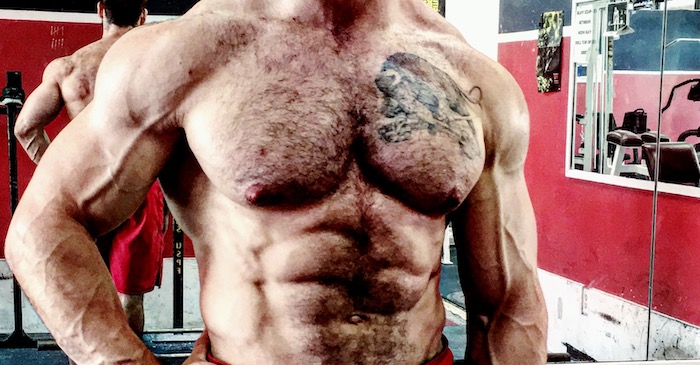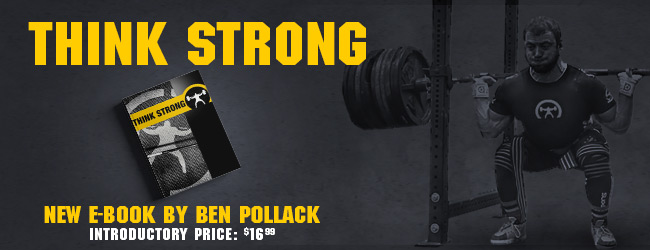
It’s 2017. Ronnie Coleman’s quote about bodybuilders not wanting to train heavy has basically reached meme status:
Most everybody accepts that to build a lot of muscle, you can’t just rep out 5-pound dumbbells all day long. But if you’re a powerlifter, you’ve got no problem lifting heavy-ass weights -- and yet, you might have a problem getting hooge. The opposite is true, too. You’ve probably seen that guy in the gym who never goes above 225 on bench or 315 on squat and is still jacked af.
So what gives?
Training Specificity
Strength training has come a long way since the days of legends like Eugen Sandow and even John Grimek. Modern powerlifting protocols often call for scarily complex systems of sets, reps, and percentages; top-level bodybuilders use similarly rigorous schedules for the amount and even timing of the foods they eat. Those programs are highly specialized: they’re designed to maximize one’s performance on the platform or appearance on stage.
On the other hand, I know a lot of pro powerlifters who laugh at the idea of counting macros; and if you flip open a bodybuilding magazine, most of the training programs list exercises, sets, and reps -- but that’s about it. Plenty of great bodybuilders have never heard of RPEs and couldn’t guess at their 1RMs. Those things just aren’t important to how they look on stage.
Sports today require this kind of laser-like focus, because they’re so competitive. Look at the difference between Phil Heath and some random guy who’s been training for a few years: there’s no comparison. It’s the same thing if you compare the numbers of a top powerlifter to a casual gym-goer. The size and symmetry of a Phil Heath and the strength of a Yury Belkin don’t happen accidentally: they’re the result of a very careful, narrowly-defined plan and years of consistency.
You CAN Be Big and Strong
Here’s the thing: if your goal isn’t to beat Phil Heath -- or to beat Yury at powerlifting’s equivalent of the Olympia -- you don’t need that type of training specificity to succeed. Even at advanced levels of both bodybuilding and powerlifting, the nuances of elite-level training just aren’t relevant. In fact, that kind of obsession is at best wasted effort. At worst, it’s a huge and unnecessary stressor that, as a result of the mental burden it imposes, paradoxically hurts progress.
It’s pretty rare that you’ll see a non-competitive bodybuilder get hung up over their exact macronutrient timing, but for some reason, casual powerlifters are constantly searching for that perfect program that’s going to eke every possible drop of potential out of their bodies faster than humanly possible. That’s not to say bodybuilders don’t dream of a magic bullet, either -- it’s just for bodybuilders, the magic bullet usually involves supplements, not training programs. In my opinion, that’s a result of laziness and impatience. Instead of sticking to a sound program and good diet for years and years and years -- which doesn’t sound fun or glamorous to most casual lifters -- they’d rather spend all that time bouncing from program to program and burning thousands on fancy creatine and overpriced energy drinks.
If that last paragraph describes you, don’t worry. It’s actually a good thing, because you have the chance to change your ways and get big and strong while saving yourself a lot of headache, frustration, and money. Get a solid training routine like Swede’s 5th Set or my Think Strong, stop eating like an asshole, and every time you feel that urge to program hop or blow $50 on a super-quick-acting carb powder, go meditate instead. Then keep at it for a year. I guarantee you’ll end up a lot closer to Phil Heath and Yury Belkin than you would have otherwise.










3 Comments